This website uses cookies so that we can provide you with the best user experience possible. Cookie information is stored in your browser and performs functions such as recognising you when you return to our website and helping our team to understand which sections of the website you find most interesting and useful.
Double act: VIK and Maquis team up for Chilean masterclass
Representatives from Viña Maquis, based in Colchagua Valley, and VIK, from Cachapoal, gathered at One Great George Street in Westminster in front of an audience of wine trade members to share how there is more than one way to make a great Chilean wine.
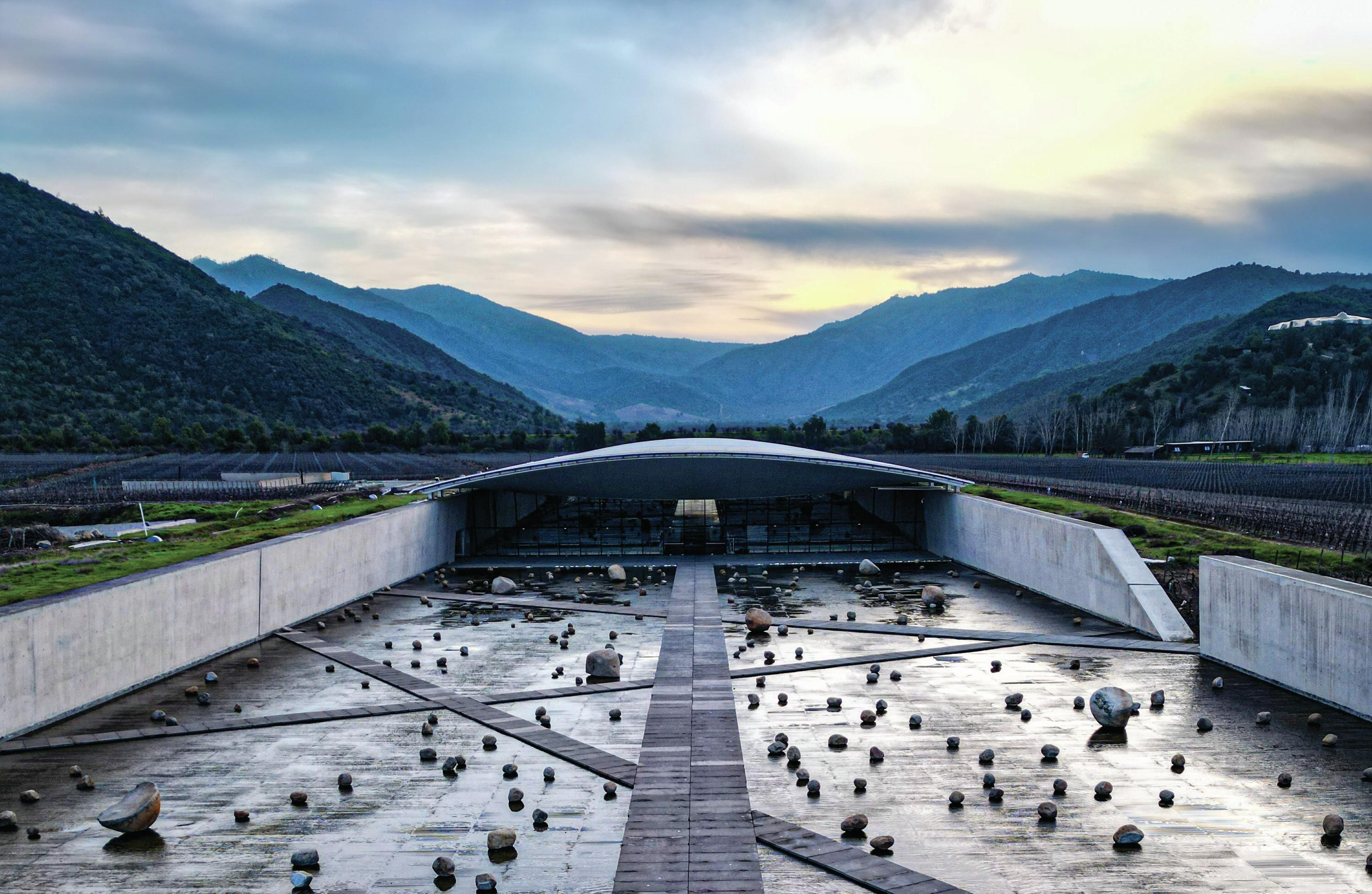
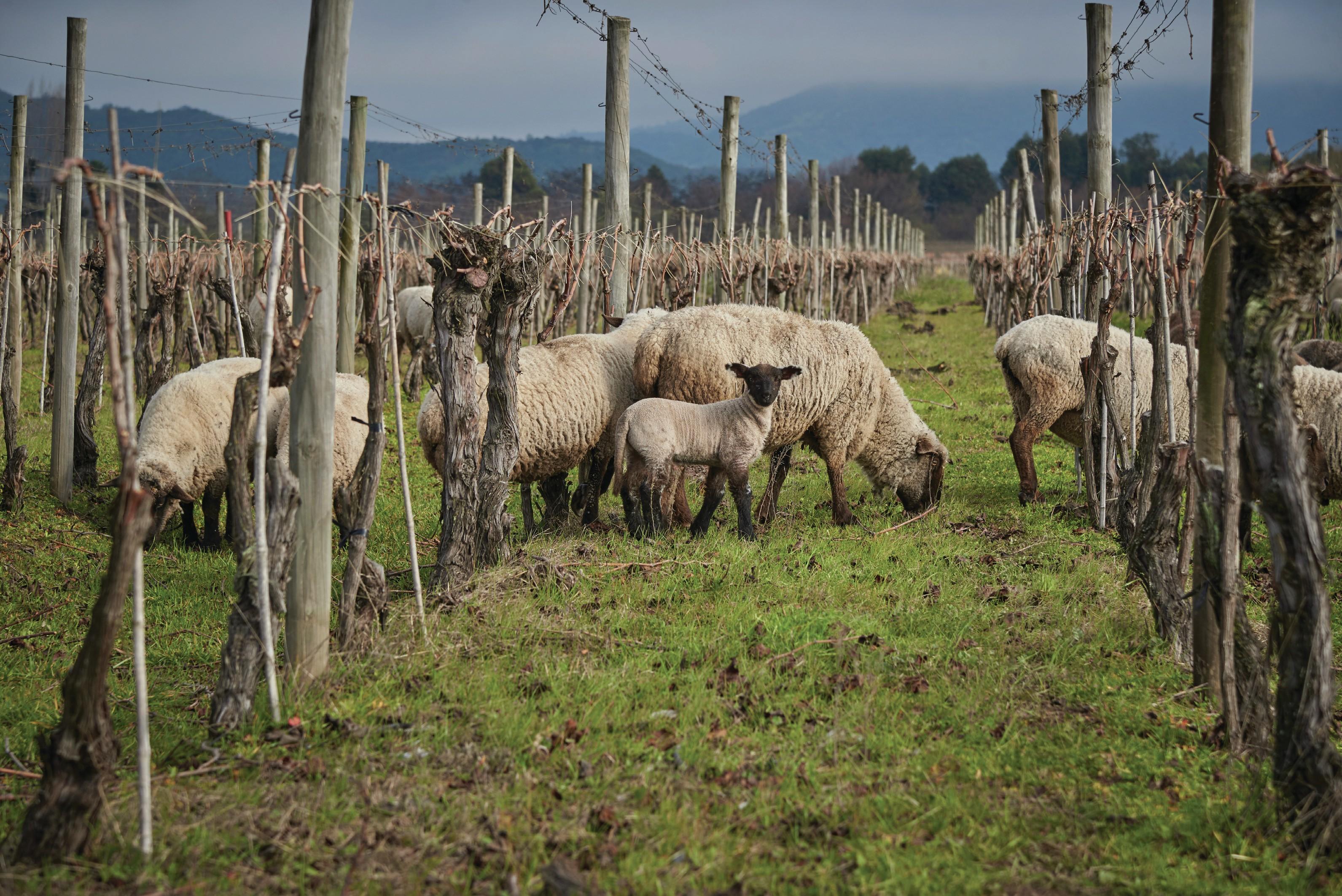 Chairing the masterclass was the drinks business editor-in-chief Patrick Schmitt MW, who explained why these two producers worked well together in a joint masterclass format: “There are certain things that they share: they’re both absolutely at the top of their game, this is some of Chile’s finest wine, a particular speciality of both is Cabernet Sauvignon, with both having won medals at the drinks business’ Global Cabernet Sauvignon Masters,” he said.
Chairing the masterclass was the drinks business editor-in-chief Patrick Schmitt MW, who explained why these two producers worked well together in a joint masterclass format: “There are certain things that they share: they’re both absolutely at the top of their game, this is some of Chile’s finest wine, a particular speciality of both is Cabernet Sauvignon, with both having won medals at the drinks business’ Global Cabernet Sauvignon Masters,” he said.
“Both VIK and Maquis are family-owned, they both follow sustainable viticultural practices, and they both distribute their top wines through La Place de Bordeaux,” Schmitt explained. Maquis joined the French négociant system in 2022, with VIK following suit the following year.
A certain biographical similarity between the winemakers, Cristian Vallejo at VIK and Maquis’ Ricardo Rivadeneira, both of whom were in attendance, was also noted by Schmitt. “They both made top wines in Napa and Bordeaux before returning to Chile,” he said.
However, while the producers have a great degree in common, there are plenty of points of difference. “They’re not identical,” said Schmitt. “They’re very much complementary and not copycats. VIK is the newcomer here, but Maquis is no less exciting.”
VIÑA MAQUIS
Explaining the rich history of Viña Maquis, Rivadeneira, who has been with the business since 2000 and who serves as executive director as well as winemaker, joked that he was “representing the old” faction at the class, a reference to the fact that he was in the year above Vallejo when both studied agronomy in Santiago. The vineyards that are now under Maquis were owned by members of the Jesuit order in the 18th century, and then came under two of Chile’s Presidents, Federico Errázuriz Zañartu and his son, also called Federico. In 1916, the Hurtado family acquired the land with the intention of making fine wine, and they continue to do so more than a century later.
While the vineyards may have changed hands a few times over the centuries, Rivadeneira suggested that the terroir has remained consistent: “Why were the Jesuits and two Chilean Presidents so happy to be in this place? It’s a vineyard surrounded by two rivers, which protect us from frost damage and lower the temperature in summer.”
Because the grapes ripen at lower temperatures, he explained, they have a different aromatic profile: “we have more floral, fresh fruit, fine herbal aromas, and that is something very unique about the wines from Maquis.”
The rivers don’t just have an impact on the microclimate around the vineyards, they have also defined its soil composition. “The alluvial soils are a consequence of these rivers, bringing sediment and stones from the Andes,” Rivadeneira revealed. “Whenever we dig a soil pit, we always find gravel, which helps us to have great drainage. On top of the gravel we have a thick layer of clay, which is the key to understanding the wines of Maquis – it gives the plant water little by little, so you end up with grapes with a very concentrated flavour, with ripe and round tannins.”
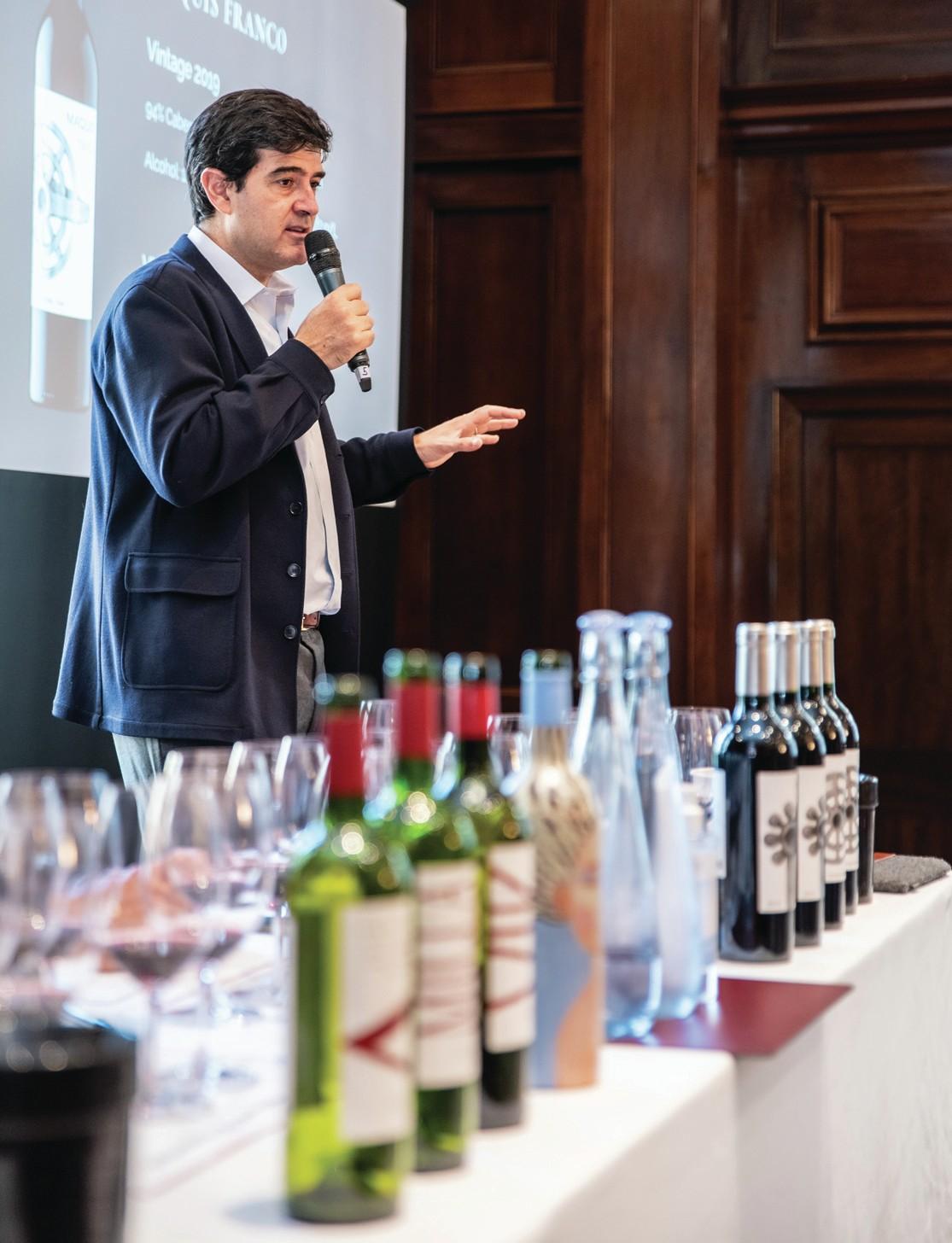
As for what is planted in these soils, Maquis opts for ungrafted, century-old massal selections of Cabernet Franc, Cabernet Sauvignon and Carmenere. Rivadeneira suggested that ungrafted vines are more “drought-tolerant” as sap flows more easily between the roots and the rest of the plant when there is no join, meaning that the vines can make use of what water is in the soil more efficiently. “These massal selections play a key role in wine complexity and finesse. When you have a clonal vineyard, every plant is exactly the same as the other in that block; when you have a massal selection, there is more diversity,” he argued.
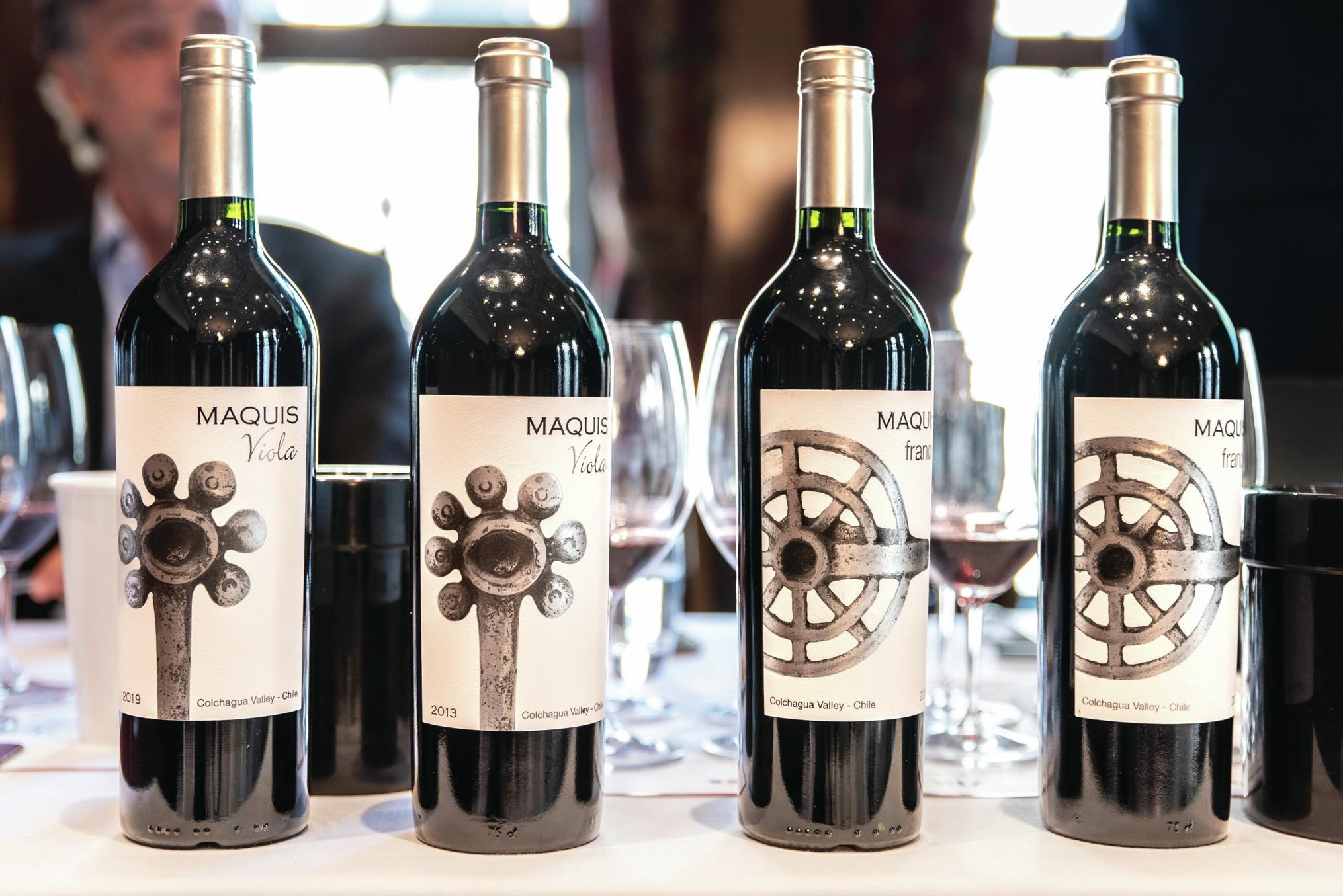
It was the identification of this complexity and finesse that made Maquis change its approach to winemaking, proving that old wineries are still capable of embracing new ideas.
Rivadeneira explained that 2007 was the first vintage blended by “Bordeaux legend”, the late Jacques Boissenot. “In 2008, when I brought all of the barrel samples to Jacques to blend, he told me we should bottle them separately, and Maquis Franco and Maquis Viola were born soon after.” Today Maquis works with Jacques’ son, Eric Boissenot, on blending its wines.
For Rivadeneira, who won the distinction of Best Cabernet Sauvignon in this year ’s edition of db’s Master Winemaker 100, the secret to the success of Maquis’ wines in competitions has been to let the quality of the terroir speak for itself.
“Our style is to disappear behind the fruit – we don’t touch the acidity or alcohol,” he said. “We choose barrels that are really respectful of the fruit.”
Presenting the 2013 and 2019 vintages of Carmenere-led Viola and Cabernet Francforward Franco, Rivadeneira suggested that the two have very different characters. “Viola is so expressive and open, and Franco is more austere – it’s like being invited to someone’s house: Viola is waiting for you at the front door, and Franco is waiting inside,” he said.
VIK
While Viña Maquis has a history stretching back centuries, VIK is a far more recent addition to the pantheon of great Chilean producers.
Norwegians Alexander and Carrie Vik spent their holidays in South America, and decided in the mid-2000s to invest in Chile’s burgeoning wine industry.
“It took them two years to find this place, two hours south of Santiago,” explained VIK CEO Gastón Williams. “From 2006 to 2009, they planted 320 hectares at high density, from 8,000 to 10,000 vines per hectare. The first vintage was in 2010, but in a very short time we have been able to position ourselves as one of the best in Chile.” Among the earliest additions to VIK was Vallejo as winemaker. Indeed, he is so integral to VIK’s operations and identity that Williams quipped that Vallejo was “part of the inventory”.
If Maquis’ terroir is determined by the rivers that flow next to the vines, then VIK’s is a product of the Pacific Ocean.
“The coastal range goes to the inside of the valley,” Vallejo explained, “and that gives us something very extraordinary – more than 62 types of soils, and the wind that comes from the ocean refreshes the area. The wind keeps the freshness and the aromas, so we don’t exceed 29°C in the day. It’s like a wave of wind from the ocean, refreshing the area.”
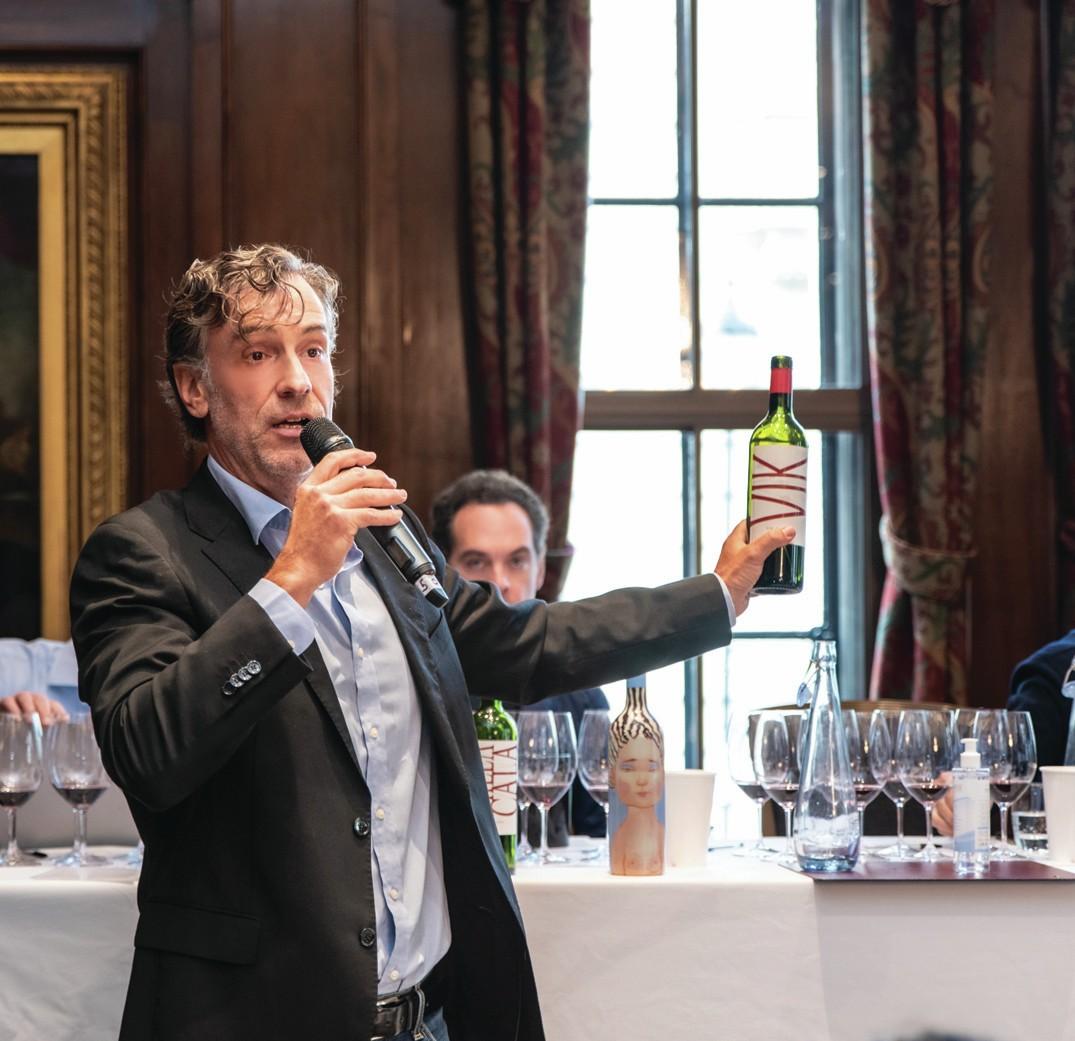
Unlike Maquis, VIK opts for massal and clonal vine selection. “All this gives us layers and layers of flavours,” explained Vallejo.
While Rivadeneira’s philosophy at Maquis is along the lines of less being more, Vallejo’s approach is to take the notion of showing terroir through his wines to a holistic extreme.
One measure is nicknamed ‘fleuroir ’ – macerating the grapes with flowers from the estate, which contribute their yeasts, prompting fermentation. Vallejo said that, while the flowers themselves do not affect the wine’s flavour, and there is no risk of a stuck fermentation, the use of different yeasts from the estate adds “complexity” to the finished product.
Another technique, referred to as ‘barroir ’, involves toasting French oak barrels using fires fuelled by fallen oak trees from the Chilean estate. “We are the only ones in the world toasting barrels with our own oak trees – we are giving 200 years of flavour to our barrels,”
Vallejo claimed. Even the amphorae used for some of the wines are made from clay dug up from the estate.
For Vallejo, these measures are not about stamping himself upon the wine, but rather about showing a strong sense of place through the final result. “I always talk about personality more than style – when you talk about style you are trying to be somebody. With personality you are showing yourself,” he said.
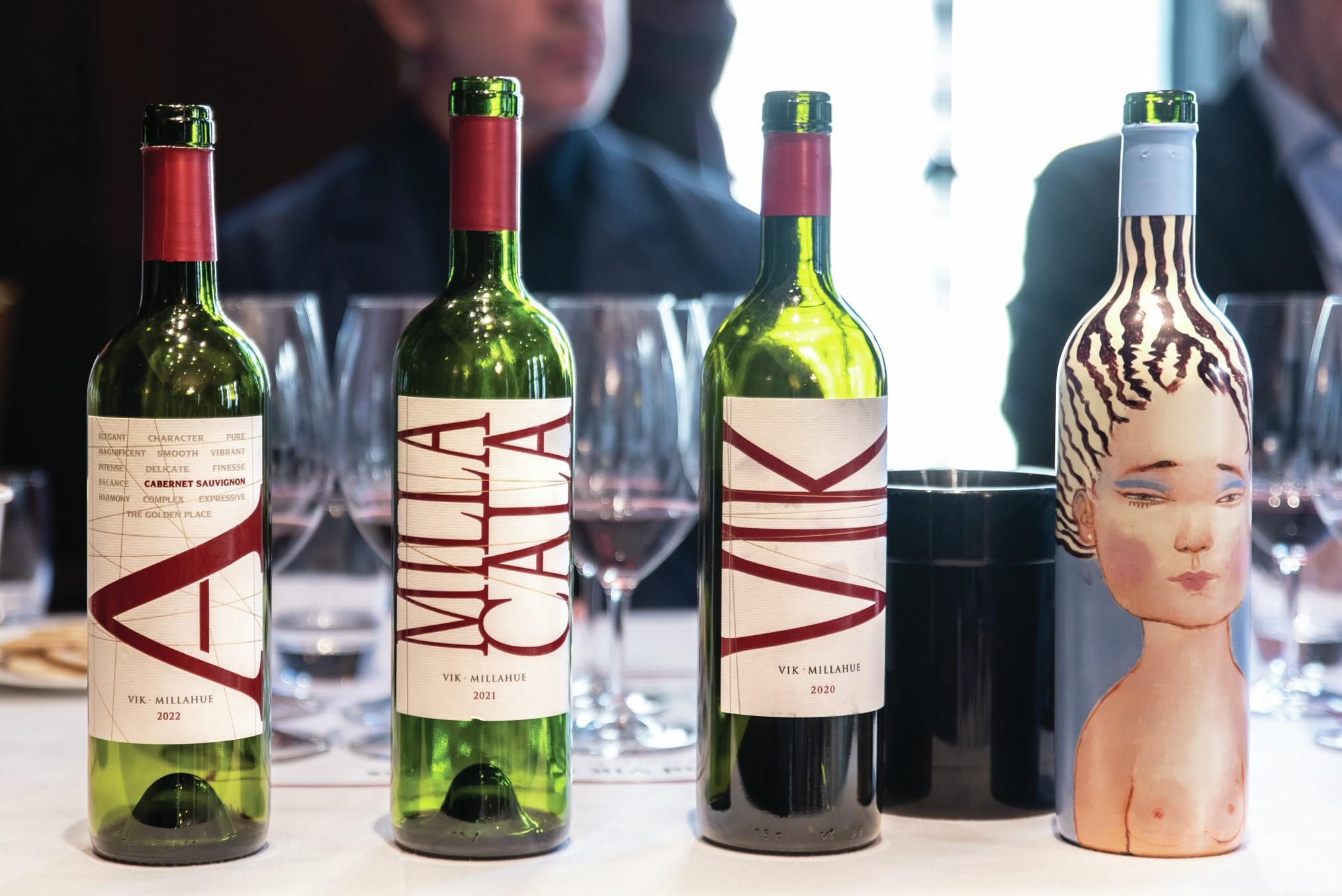
Describing the blending behind the warm 2020 vintage of the winery’s flagship wine, VIK, Vallejo suggested that the 76% of Cabernet Sauvignon provided the wine’s “structure”, while the remaining 24% of Cabernet Franc lent “the minerality”. He said: “I call this wine ‘the book’ – every glass is a chapter, every sip is a page. It’s always changing.” VIK 2020 will be released onto La Place de Bordeaux this September, with the masterclass also marking one of the wine’s first outings in the wild.
CONCLUSION
“Making fine wine is the culmination of a lot of little details, and my God are there a lot of details in these wines,” emphasised Schmitt.
Although there are key points of difference in their approaches (and their histories), both Viña Maquis and VIK pay great attention to those little details, respecting nature all the while.
One aspect that stood out with both producers is that the quality of the fruit is always at the forefront, and the winemaking is almost seamless. There’s a saying about how you “can’t make good wine from bad grapes”, and to make a wine worthy of La Place it takes outstanding grapes – and that is only possible with a critical combination of top terroir and immense viticultural skill. “When you’re producing fine wines from one single place, the game is always how to adapt to the season,” suggested Rivadeneira.
Vallejo concurred that winemakers must ultimately work with the grapes they have been provided with, and suggested that the wisdom acquired over years of work makes a great difference, concluding: “Every year you have different factors that determine your decisions in the cellar – you can’t just ask Alexa to make a wine for you!”

